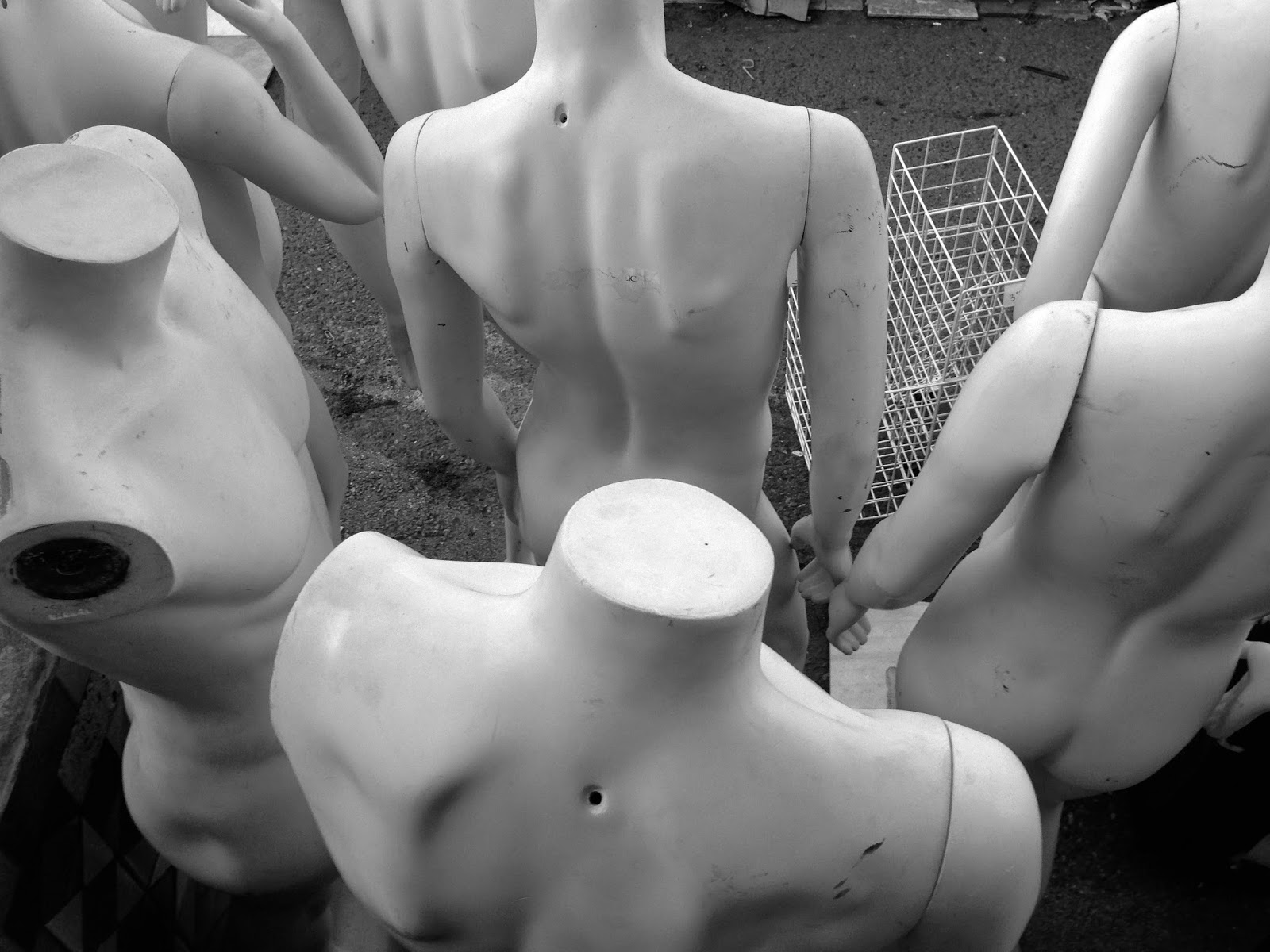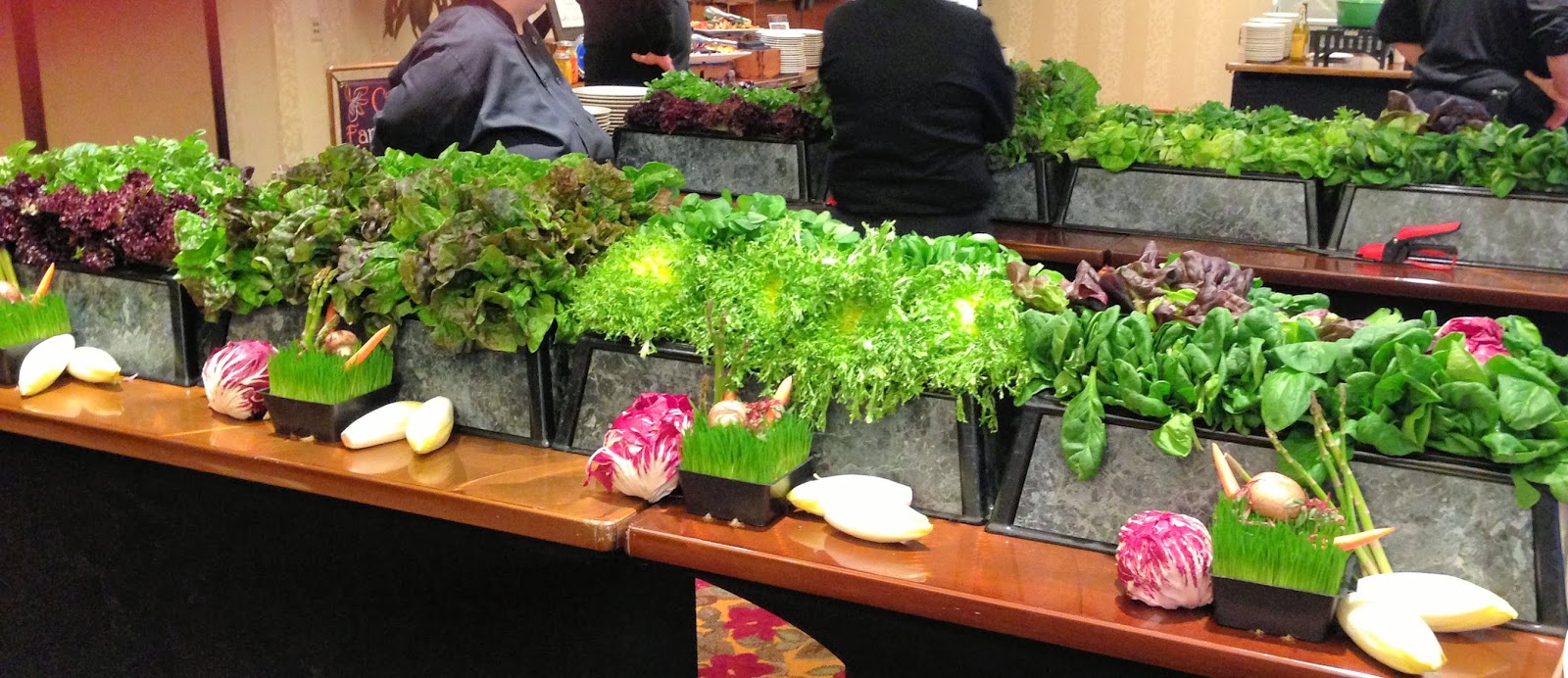Stepping up to the restaurant counter I am greeted by a surly worker
who clearly doesn’t want to be there or take my order.
My meal is prepared by another equally
unenthused employee who slaps the food together, snaps the to-go container shut
and hurls it over the counter towards me.
This scene is repeated over and over again millions of times a day in
airports everywhere.
As a traveler, I am
constantly amazed at the poor service in each and every airport outlet I visit. Later that evening as I watch TV in my hotel
room, I am inundated by slick, flashy ads for the same food chain telling me
what a delightful experience a visit to their restaurant will be.
In another glaring example, two different meeting venue
managers recently sent me emails thanking me for my business at their venue
while apologizing for not seeing me personally during my stay because they were “ busy.” It is important to note, we were
physically in their building 14 hours a day for 8 days, running an event using
the entire building, yet they were too “busy” to stop by? I nearly told both of them to stop making
sales calls and working on their marketing plan long enough to walk down the
hall and say hello and thanks for the business. To make those already using their property feel
welcome and appreciated.
Our team of meeting professionals is constantly on the
ground, front line with conference participants. When attendees step up to the registration counter
for their name badge, they want to be greeted by a warm smile after their long
journey, they want help getting acclimated to the event and they don’t want to
be hassled. That is what any of us would
all want and that’s what they get. It
doesn’t matter if it the first time or the 1,000th time we have
heard the same question.
The team exceeds the client’s expectations by taking care of
every detail, so our clients can convene their communities and make the world a
better place. The rooms are set, the
food is served, the exhibit hall is open, the audio visual is working and
sustainable practices are in place. That’s
our job. We make the event run smoothly
with a flair for solving issues as they arise.
We are only as good as our last event. Word travels quickly in this industry and most
of our clients have come to us after being referred by someone who has seen our
team in action and experienced one of our conferences. We still work for the first client who hired
us 20 years ago.
My point here is not to
boast about our work, but to use it as an example of marketing at its
best. We don’t need to advertise to tell
people about our capabilities, the integrity of our work, or the experience
they will have if they hire us. They
won’t be promised one thing and experience another.
That’s all I want from any service. Save the money spent on expensive, image
building ads and make sure the person helping me has what they need to excel whether
it be training, skills, compensation or compassion.
Imagine a world where everyone does their job with the
spirit of an adventurer not the drudgery of a prisoner. The word would spread and people would come
back time after time not because of the marketing plan but because the employees enjoy
their work and are doing their job well.
This blog post was inspired by the people who work with me. Even when their feet hurt, their stomachs are growling and sleep is long overdue, never miss a chance to make sure a conference participant is well cared for.





























